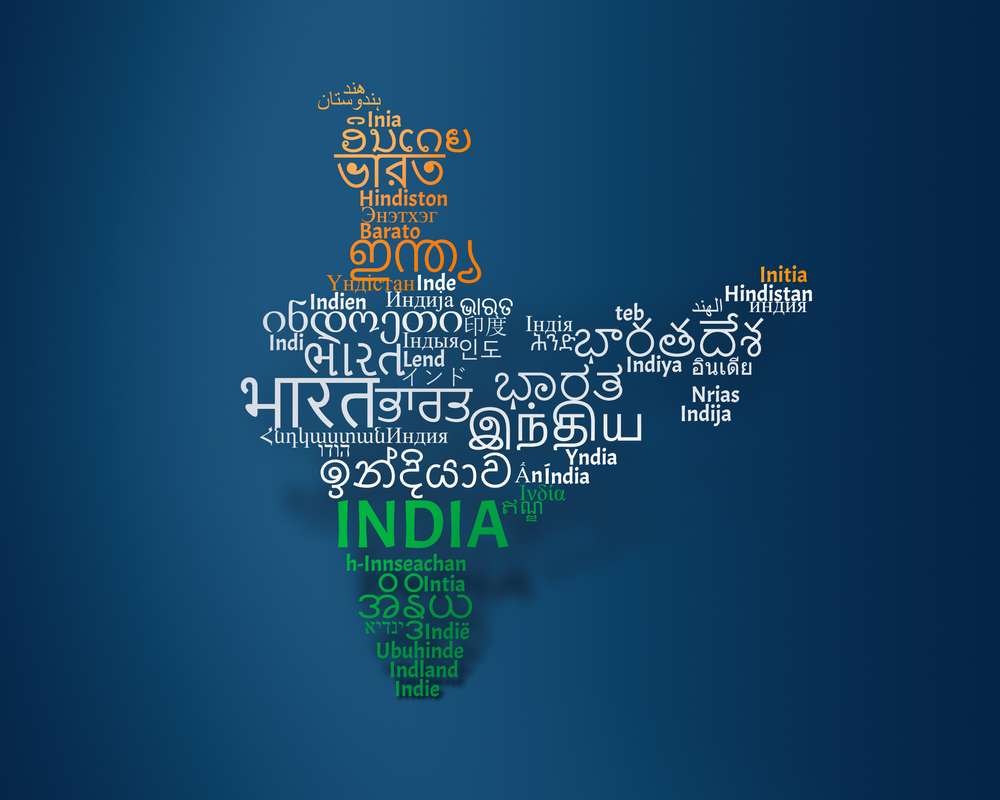India is a sensory excursion that is mesmerizing, vibrant, and overwhelming. It is a nation that embraces you, challenges your preconceived notions, and incentivizes your candor. However, as with any renowned destination, India is not immune to tourist traps. It is not always the case that these dark alley schemes are the subject of terror stories. At times, they appear in a manner that is both charming and authentic, but they are discreetly depleting your time, energy, or wallet.
Staying grounded, listening to your instincts, and being willing to exchange convenience for more profound, meaningful experiences are the keys to avoiding them. It is not about being apprehensive. The genuine enchantment of India frequently resides in the quieter lanes and more authentic encounters beyond the scope of the guidebooks.
The Art of Slowing Down
In India, travelers frequently fall into the trap of attempting to see too much too quickly. India is extensive in terms of both geography and culture. A three-day whirlwind tour that travels from Delhi to Agra to Jaipur may satisfy certain criteria; however, it rarely provides opportunities to discover the essence of a location. You will spend more time in traffic, delays, or congested photo opportunities than you can experience.
To circumvent this pitfall, it is beneficial to travel at a slowed pace. Select a smaller number of destinations and focus on exploring them in greater depth rather than expanding them. For example, in Jaipur, it may prove advantageous to forgo a hasty palace tour in favor of conversing with locals at a neighborhood tea vendor or visiting a tranquil artisan’s workshop. Its monuments do not solely represent India; it is also present in its quotidian lyricism, culinary fragrances, and conversations.
INDIAN VISA FOR MOLDOVAN CITIZENS
Trust with Boundaries
India is a nation of tenderness, and its inhabitants are one of its most precious assets. You will be astounded by the number of individuals willing to provide assistance, directions, or even dinner invitations. However, some individuals have perfected the art of the genial swindle amidst authentic generosity.
Trust is essential, but explicit boundaries must temper it. If an individual approaches you near a monument and offers to “guide” you for free or claims that a location is closed and offers an alternative tour, it is advisable to take a deep breath. These are conventional strategies, and although not all of them are detrimental, they can result in overpriced shops, manufactured experiences, or superfluous detours.
Learn to navigate the line rather than completely closing yourself off delicately. A courteous refusal can be quite effective. Better yet, conduct some local research or establish connections with fellow travelers and locals not actively seeking to sell anything. For example, a vendor who is not excessively anxious to engage with you, a university student, or a guesthouse proprietor.
When Authenticity Is Manufactured
Numerous tourist lures in India conceal themselves behind the façade of culture. This is evident in “traditional village tours” that are anything but traditional, dance performances staged nightly with minimal local involvement, and “craft bazaars” that feature mass-produced products far from the region they purport to represent.
To circumvent this nuanced snare, it is necessary to ask questions. What is the origin of this craft? Who was responsible for its production? May I observe the process? Genuine cultural experiences frequently involve a significant amount of heart, a small amount of disorder, and a degree of unpredictability. A textile cooperative in Gujarat may not have a brochure or online booking system; however, it may provide a genuine glimpse into the lives and artistry of the individuals who create the fabric.
Opt for unconventional venues that are smaller in size. For instance, in locations such as Varanasi, rather than reserving a generic boat journey advertised by vendors at the ghats, inquire with your guesthouse about a local boatman’s recommendation. The disparity between the cost and the extent of the experience can be remarkable.
INDIAN VISA FOR MONEGASQUE CITIZENS
Resist the Itinerary Conveyor Belt
Resisting the compulsion to conform to the norm is a significant component of circumventing tourist traps in India. Certainly, the Taj Mahal is awe-inspiring, and Goa’s beaches can be enjoyable, but India is not a destination that can be checked off a list. Let go of FOMO and focus on your inquisitiveness. Occasionally, the most rewarding discoveries are made when one wanders down an unfamiliar street, spends the morning at a local café, or accepts an unexpected invitation.
When feasible, autonomous travel provides additional opportunities for these types of experiences. That is not to say that all tours should be avoided; in fact, some are exceptional. Instead, it is essential to select tours with purpose. Are you being directed from one store to another, or can you interact and acquire knowledge?
Let Curiosity Be Your Compass
In India, curiosity can serve as the most potent guide. If you remain receptive, ask questions, and follow your intuition, you will probably avoid the pitfalls and discover the stories that are worth remembering. Tourist traps capitalize on superficial engagement, distraction, and urgency. Presence, attention, and a willingness to see beyond the apparent are the antidotes.
The truth is, you may still be tempted to stumble into a few tourist pitfalls. And that is acceptable. Occasionally, they result in amusing anecdotes or unexpected insights. However, as you traverse the nation, you will gradually come to appreciate the authentic cadence of India, which does not necessitate exclamation. It patiently awaits the traveler, prepared to calm down and observe the world.
Read more: Discover the Spiritual Side of India

